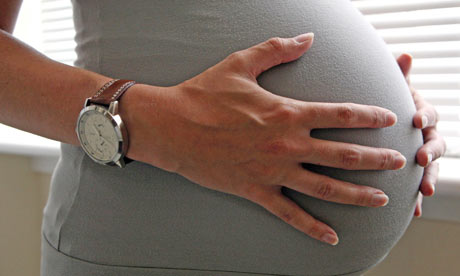
Just when it looked as though they might help solve one of society's most difficult issues, contraceptive implants have been hit with a bad press. This week it was revealed that more than 500 women in the UK fell pregnant when they thought they were 99% safe. They were using a hormone-releasing contraceptive implant, which should have given them no cause for anxiety for three years at a time.
The apparent failure of Implanon, until last October the only contraceptive implant available in the UK, is a blow to family-planning advisers and campaigners. The figures, in truth, exaggerate the problem but nobody is going to want to be one of the 584 women with an unwanted pregnancy.
But the greatest dismay may be among those who battle against teenage pregnancies in the UK, which has one of the highest rates in Europe. Two years ago, the Labour government decided to incorporate a pragmatic element into its strategy. Health ministers urged that sexually active teenage girls who wanted contraception should be encouraged to choose implants, lasting three years, or long-lasting injections. The thinking behind it is obvious – some teenagers lead chaotic lives and many are forgetful. Pills that have to be taken every day or condoms, which have to be carried around, may not be the ideal choice.
So in February 2008, health ministers launched a plan to promote long-lasting implants and injection and. One year on, the Daily Telegraph ran a breathless story announcing, "Contraceptive implants given to girls as young as 12". Undaunted, public health minister Gillian Merron in November 2009 talked up implants.
"It is vital that work continues to reduce the teenage pregnancy rate and prevent young people becoming pregnant earlier than they would choose to. That is why the government has already invested £20.5m to improve access to long-acting reversible (LARC) methods such as the implant and injection – which are very effective and easy to use," she said.
And so they are. Once the implant, the size of a hair clip, is in the right place in the underside of the arm, virtually invisible, a woman is 99% safe from pregnancy. But it has to be in the right place.
It is not, in fact, Implanon that has failed but a few of the GPs and nurses who have inserted it. Not all of them have taken the time and trouble to get trained. Insertion is said to be simple, but some of the women who accidentally became pregnant had implants that were in the wrong place and others had no implant at all.
Over the years it had become clear that doctors do not always do the job properly. In October 2010, after encouragement from the Medicines and Healthcare Products Regulatory Agency (MHRA), which collects reports of failures, the manufacturer produced a new version of the implant called Nexplanon, with a pre-loaded applicator to avoid mistakes. It can also be detected by X-ray.
Nonetheless, in statistical terms, the failure rate has been low. The 584 unwanted pregnancies occurred over the 11 years of Implanon's use. Set that against the 82,000 women who had it fitted last year and the one million the manufacturer says have been sold in the UK, and implants still perform much better than other methods where human forgetfulness can play a part.
But confidence is all. Experts, who have seen teenage pregnancy rates easing down will be hoping it can soon be rebuilt.

